Affiliate disclosure: This post may contain affiliate links. Please see our Privacy Policy.
White Leghorn chickens are the queens of egg-laying! Lightweight and sophisticated foraging skills makes White Leghorns the best bang for your buck in egg collection. As free spirits, they’ll roam and explore anywhere they can reach, including trees! They’re a perfect chicken for yards in need of an independent egg champion.
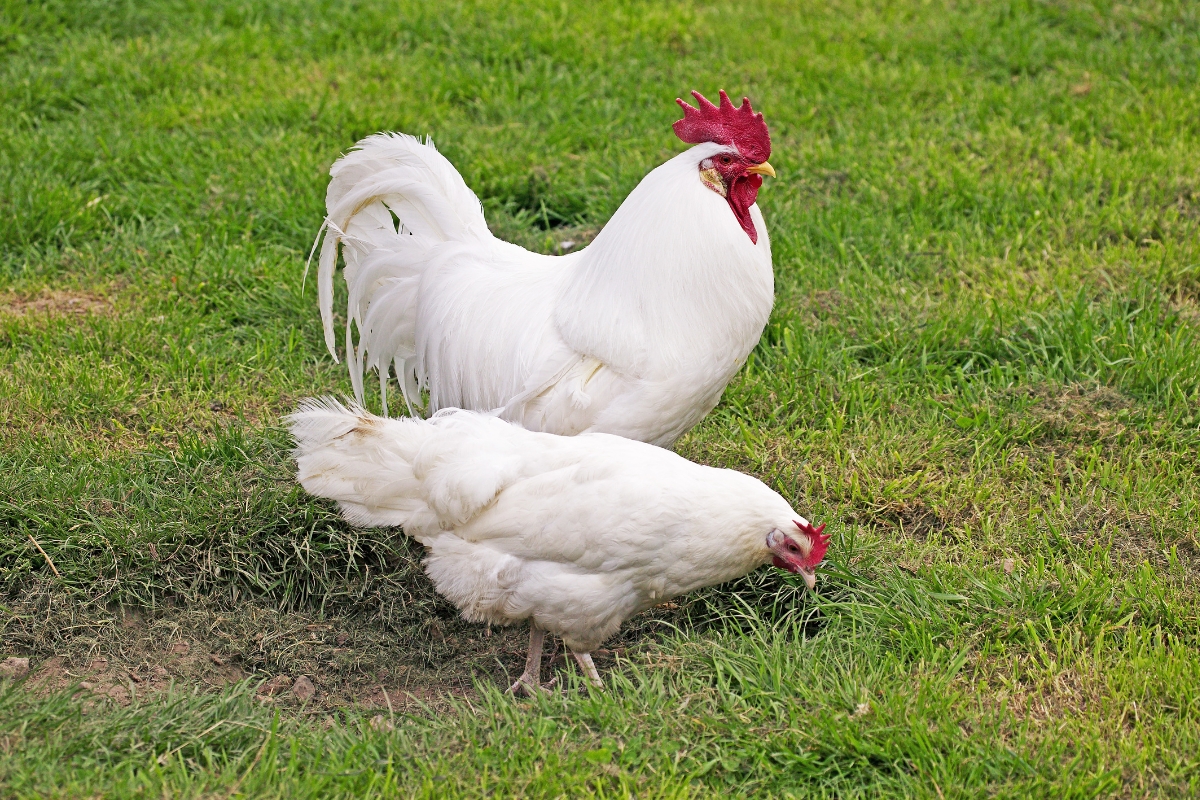
My daughter saw these beautiful white chickens in the hatchery catalog and she instantly fell in love. They are a picture of the classic cartoon chicken, with bright white feathers and large, stunningly red combs on both hens and roosters.
When I saw that they were some of the best-laying chickens, producing more eggs than just about any other breed, I was sold.
After keeping white leghorn chickens for a season, we learned they aren’t for us. My kids are used to petting and fussing over their backyard chickens, and white leghorns want to be left alone. They’re a bit flighty, and not particularly friendly. If you have other less aggressive chickens in the coop, they’re also prone to picking on them.
While I do love their independent nature and high egg production, they didn’t work out in our flock. If your main goal is egg production, and you don’t have kids who want to snuggle them, then white leghorns might be a good fit for you.
They are a wonderful chicken for people who are looking to reduce their feed costs, and collect as many eggs as possible per year.
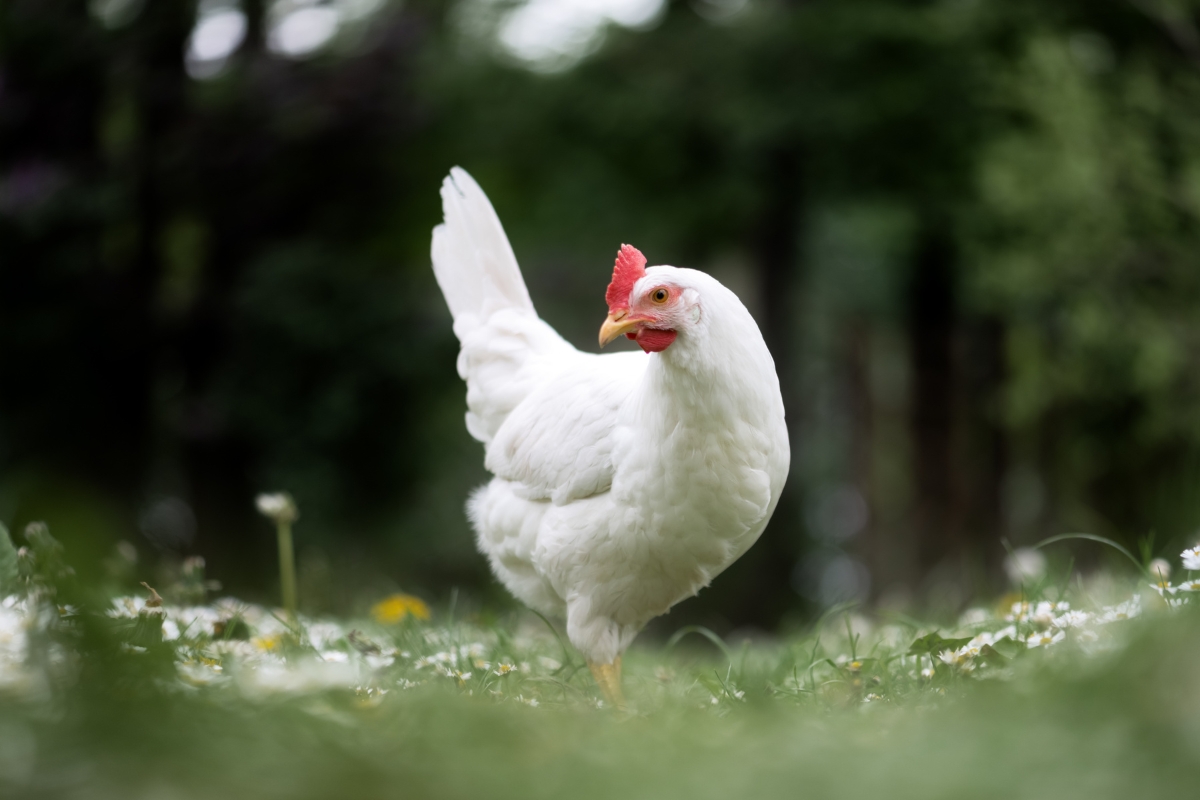
What are White Leghorn Chickens?
Originally known as “Italians” this breed was brought to America in 1828 from Tuscany, Italy. Forty years later, they began to go by the name Leghorn—the Anglicized way to say Livorno, the shipping port that sent them over. In England, they were crossed with Minorcas to make them a bit larger for meat production. This strain then made its way back to the US and has been a favorite of commercial farms since.
White Leghorns are just one variety of the Leghorn breed. They’re recognizable for their white feathers and bright red combs. You can find either single-combed or rose-combed varieties. All White Leghorns will have clean legs, large red wattles, and white earlobes.
Pros and Cons of White Leghorn Chickens
I’ll take you through everything you need to know about white leghorn chickens, but if you’re in a hurry, here’s a quick list of pros and cons:
Pros
- Excellent egg producers
- Low food costs
- Savvy foragers
- Lively and comical to watch
Cons
- Noisy
- Stand-offish
- Low meat production
- Not good in mixed flocks
White Leghorn Chicken Characteristics
Described as flighty with people, these chickens are highly alert and active birds. They make for excellent foragers but not great pets. You won’t have to worry about predators with them, but you will need to worry about them jailbreaking by jumping fences on your property.
Warm weather is their specialty and rose comb Leghorns will handle the cold better than their single-combed brethren. No matter your climate, you’ll find them superb egg layers, coming in with a minimum of 280 eggs per year—but they can go up to 320! As a lighter bird, the males will weigh about 6 pounds and females will weigh about 5. Most of this weight is not meat, so be aware they aren’t the best for table-fare.
- Breed Name: White Leghorn (Pronounced: LEG-HORN or LEGGERN)
- Breed Type: Mediterranean
- Temperament: Active, alert, flighty
- Size: Medium
- Eggs Per Year: 280-320
- Egg Size: Large
- Egg Color: White
- Lifespan: 4-7 years
- Time To Maturity: 18-20 weeks
White Leghorn Breed Standard
Shape-wise they come close to having a V-shaped body: they carry themselves upright and have tall, erect tails. They have solid white feathers paired with red combs and wattles. In hens, the combs will flop over to the side, giving them a cute, comical look. Males tend to have upright combs, but parts may also lean to the side.
Chicks in this breed hatch with bright, fluffy, yellow feathers. They mature quickly with combs beginning to show as early as 3 weeks old and hens laying at 18-20 weeks. White Leghorns are not autosexing, and you will need to wait until their combs are developed to determine which are your hens.
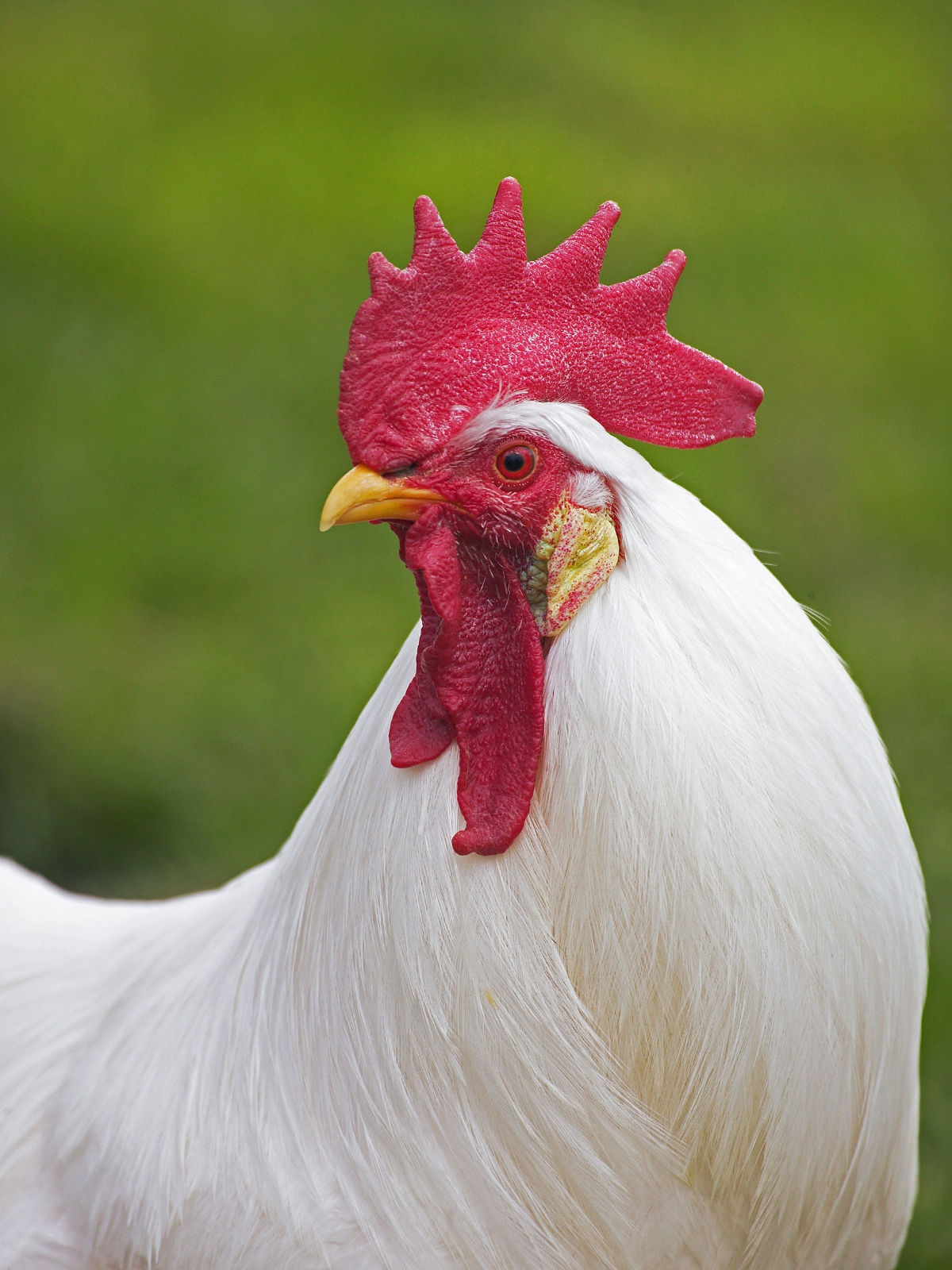
Temperament
They are not your friend. But neither are they your enemy. Aggression isn’t an issue, and you’ll find them an intelligent and curious bird that loves to explore. However, their keen predator awareness means they are flighty and will not approach you. Chicks raised to be handled will tolerate it, but they will not enjoy it.
Hardiness
Originating from Italy means they handle heat like a dream. Their large combs help keep them cool. In northern climates, this does mean they’re at higher risk of frostbite. Protect against this issue and they’ll handle cold winters adequately.
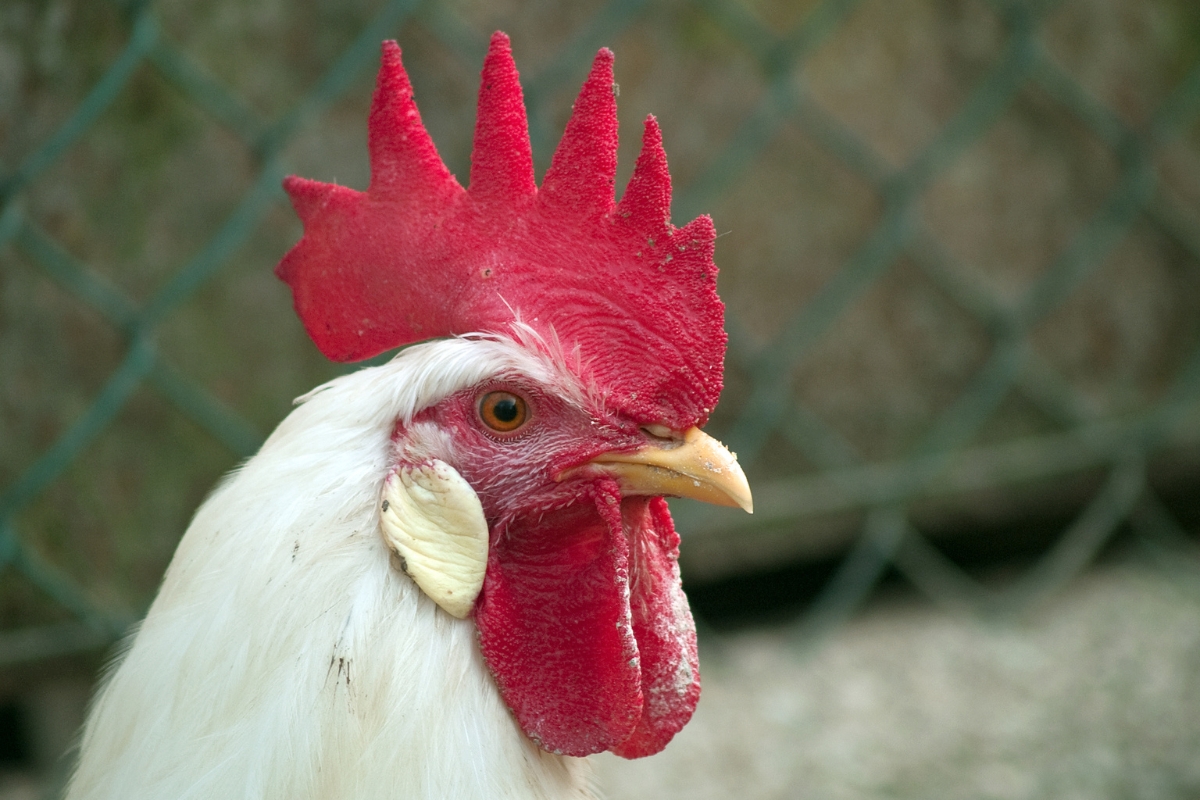
Egg Production
They are the stars of the egg production category! You’ll find they lay anywhere from 280-320 eggs per year. And with how little they eat, combined with their foraging skills, they offer the best food cost to egg production ratio around.
Egg Color
Your hens will lay a clean white egg without any other coloration.
Meat
Dual-purpose this breed is not. While you could make it work (some Leghorns can get a bit larger), they don’t produce much meat.
Broodiness
Bred for laying, brooding is not part of White Leghorn temperament. Hens in this breed also tend to ignore chicks and don’t make for good mothers. It’s recommended to hatch eggs in incubators and raise the chicks apart from the adults.
If you’re looking for a self-sustaining flock that won’t require incubators (or new mail-order chicks), consider these broody hen breeds instead.
Foraging Ability
Foraging is a way of life for this breed. Literally. You’ll find them to be predator savvy, despite combs that occasionally flop into their eyes. Roosters will perch somewhere high up and keep an eye out to help protect the flock. When they do see danger, they are loud and will scatter rather than fight. Since they are good flyers, you’ll often find your flock seeking refuge in trees or on low roofs.
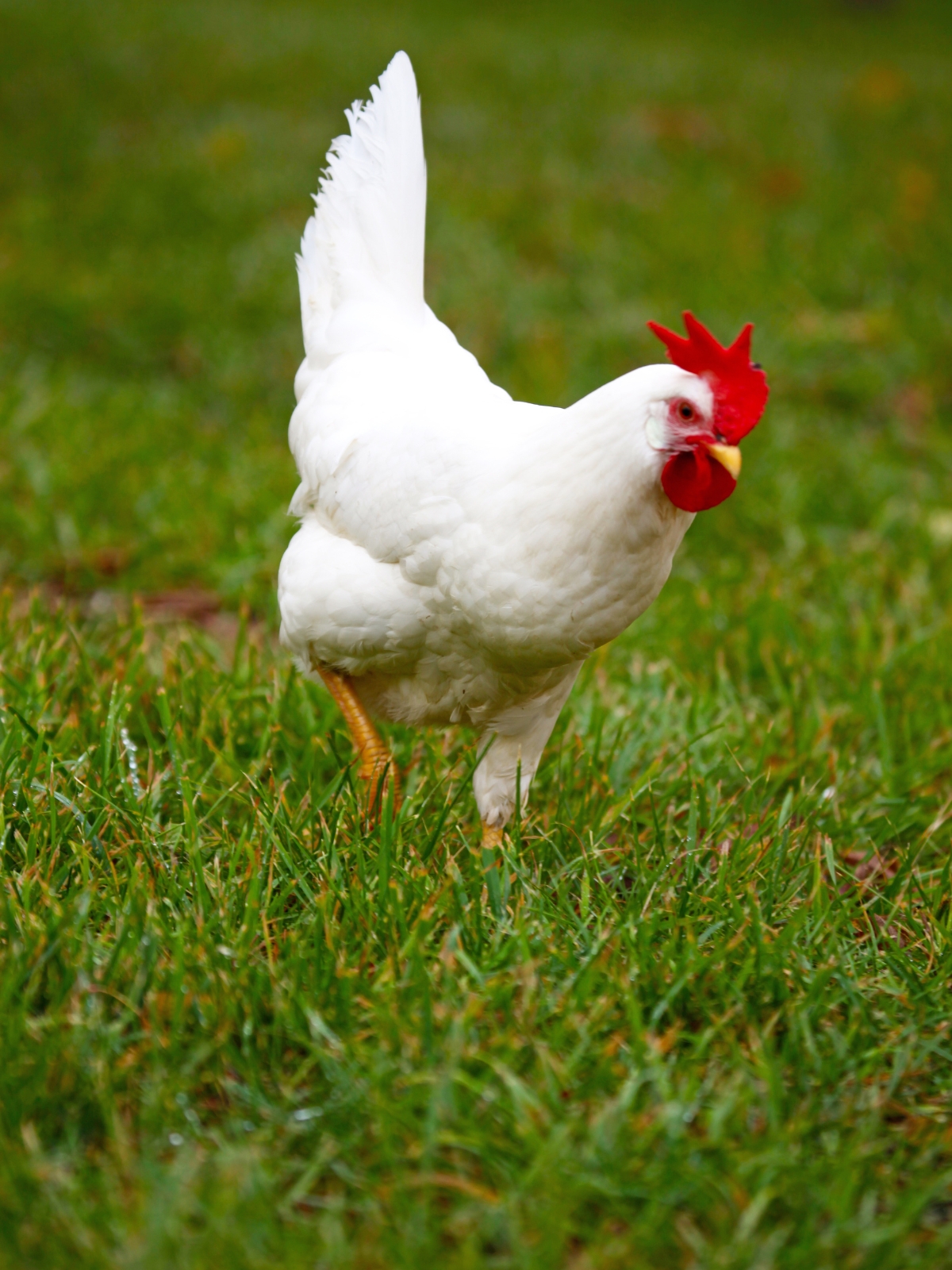
Cross Breeds
Ancestry for them is a mystery. While they certainly came from a landrace in Italy, the only other documented breed they’ve been crossed with is the Minorca. Not all White Leghorns available in the US are from the Minorca strain, however, and the ones that are have become known as the “industrial” variety for their use on commercial farms.
Common Health Issues
These are very healthy birds. Winter in colder climates is the biggest concern for them as their combs are prone to frostbite. Rose comb varieties will have less issues on that front, but you’ll still want to be cautious.

Tips for Raising White Leghorn Chickens
Space will need to be your first priority with these birds. They’re intelligent and curious and will need to explore daily to avoid boredom. Toys, multi-height perches, and piles of leaves can help entertain them, but foraging daily will best keep them from aggression and stress plucking.
Additionally, they’re good flyers and you’ll have your work cut out for you to keep them from jumping fences or roosting in trees. They can clear 6-foot-tall fences easily, with some owners reporting they can also get over 10 footers. If you want to keep them in a coop or other contained area, you will need to have a roof over the space.
Finally, they are noisy. These birds are recommended for non-urban landscapes as close neighbors will absolutely hear them.
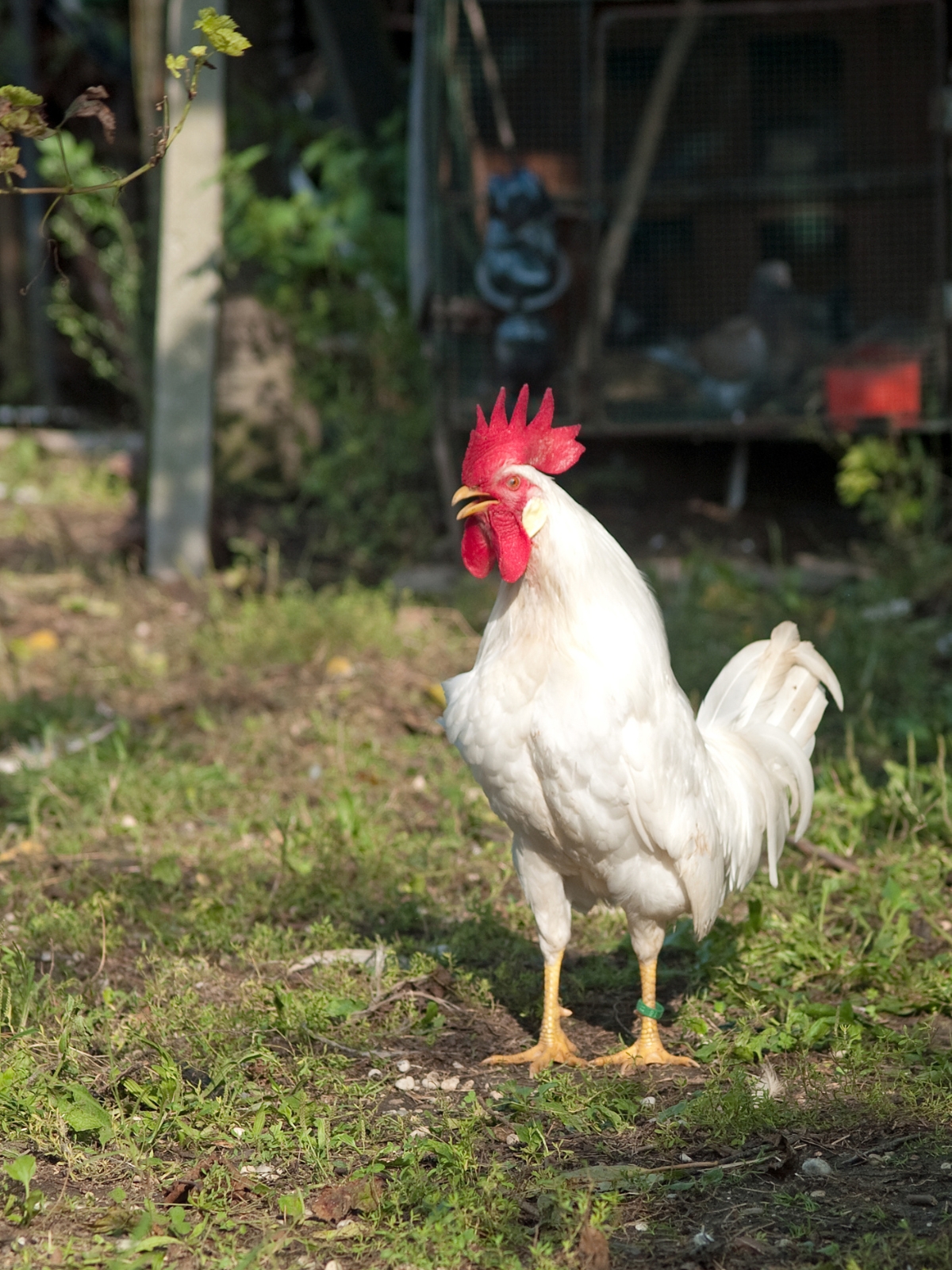
White Leghorn Chicken FAQ
While most of your questions have probably been answered, you can find a few more answers below!
Are White Leghorn chickens friendly?
No, this is not a friendly breed, though neither is it aggressive. Chicks raised and acclimated to handling will tolerate being held. But they won’t seek out people for affection and won’t cuddle their owners.
Are White Leghorn chickens good egg layers?
Yes! They are top-notch layers and will give you the best ratio of feed-to-egg return. You can expect 4-6 eggs per week from your hens, with totals for the year capping at about 320.
What color egg does a White Leghorn lay?
They lay a clean white egg with no tinting.
Are White Leghorn hens broody?
Brooding is not a problem with them. Neither do they make good mothers to hatched chicks. If you’re looking to breed, expect to incubate and raise the chicks yourself.
How big are White Leghorn chickens?
Sleek and slender builds define Leghorns. While some might get up to 7-8 pounds (from the Minorca strain) many roosters will average 6 pounds. Hens will likely weigh in around 4.5-5.5 pounds.
Are White Leghorn chickens good eating?
This is not a dual-purpose breed; you won’t get much meat from them. While the Minorca strain can be a bit bigger, you won’t gain much. Additionally, the larger the Leghorn, the less they will lay.
Are White Leghorn chickens autosexing?
While they are not an autosexing breed, you can comfortably expect to know the difference by about 3-4 weeks old. At this point, their combs and wattles should be coming in and you will spot larger ones on the males.
Are White Leghorn chickens cold-hardy?
Not particularly. As a Mediterranean breed, they’ll do better in warmer weather. Single-comb varieties will have a harder time than rose combs. But both will likely be at risk for frostbite.
How long do White Leghorn chickens live?
Depending on the size and how much they lay, they can live anywhere from 4-7 years old. The more they lay and the smaller they are, the shorter their lifespan.
This breed is known to lay for a long time, and you can expect them to produce eggs for up to 5 years of age. Additionally, they’re early layers and will likely begin to produce at 18-20 weeks old. Even with a shorter lifespan, you certainly won’t lose out on the length of egg production.
Are White Leghorn chickens easy to raise?
As an independent breed, they don’t require much attention. Feeding is easy as they don’t eat much and will happily forage most of their food. However, their setup and temperament can make them difficult for a beginner. Breeding is not simple with White Leghorns as they don’t make good parents. If you’ve raised chickens before, have the space, and aren’t looking for a pet, they’ll be a low-maintenance fit for your yard.
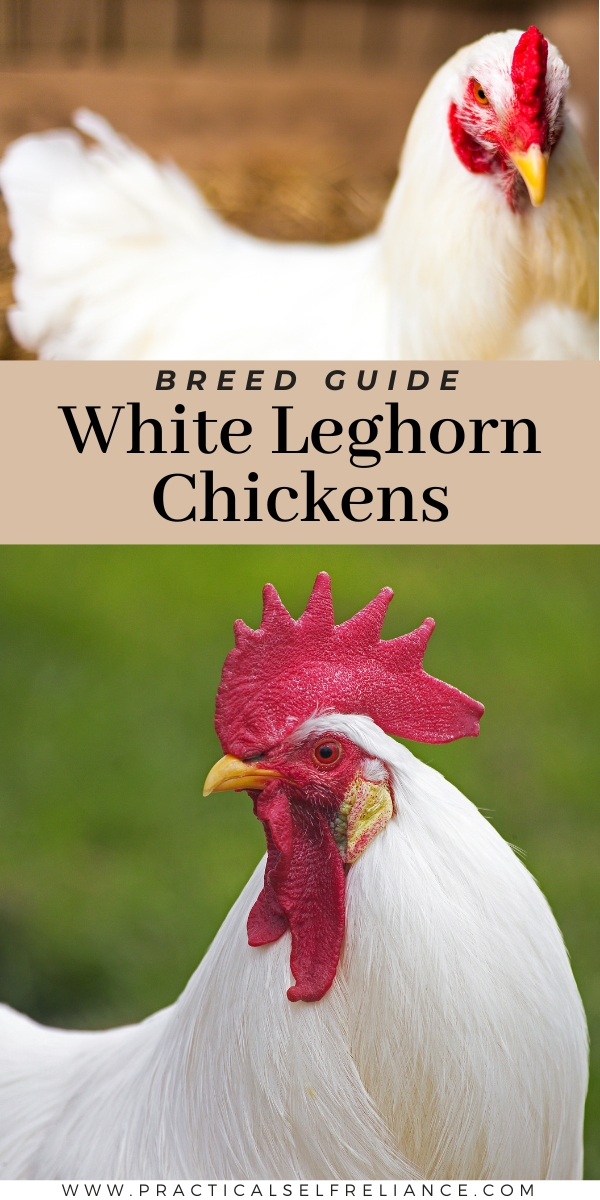

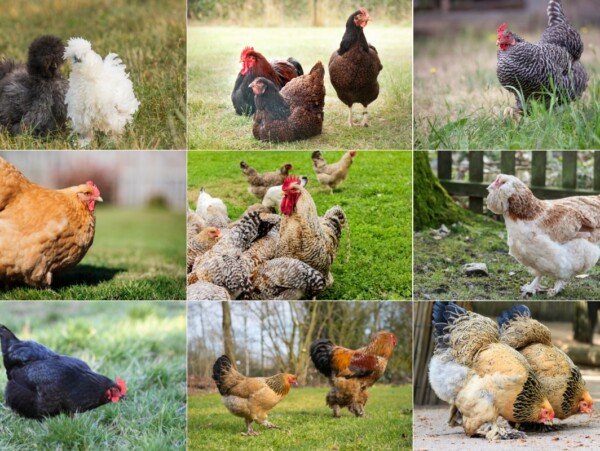
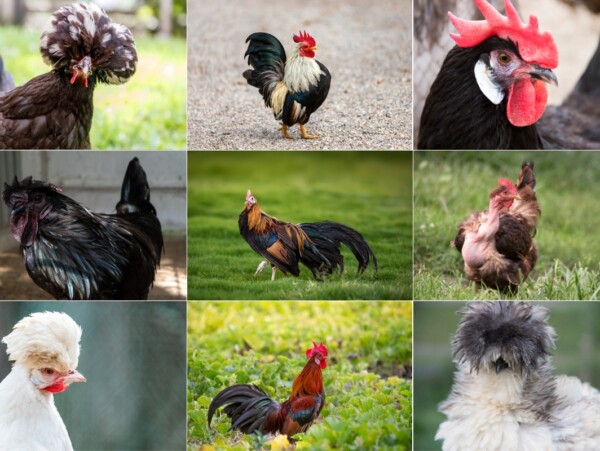
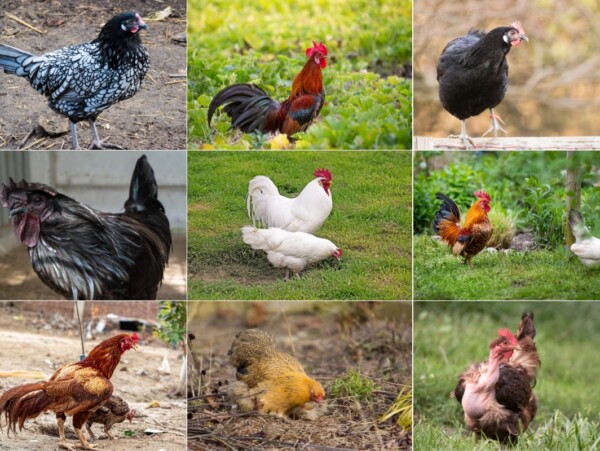










The print are legible and detailed information. Thanks
You’re very welcome.